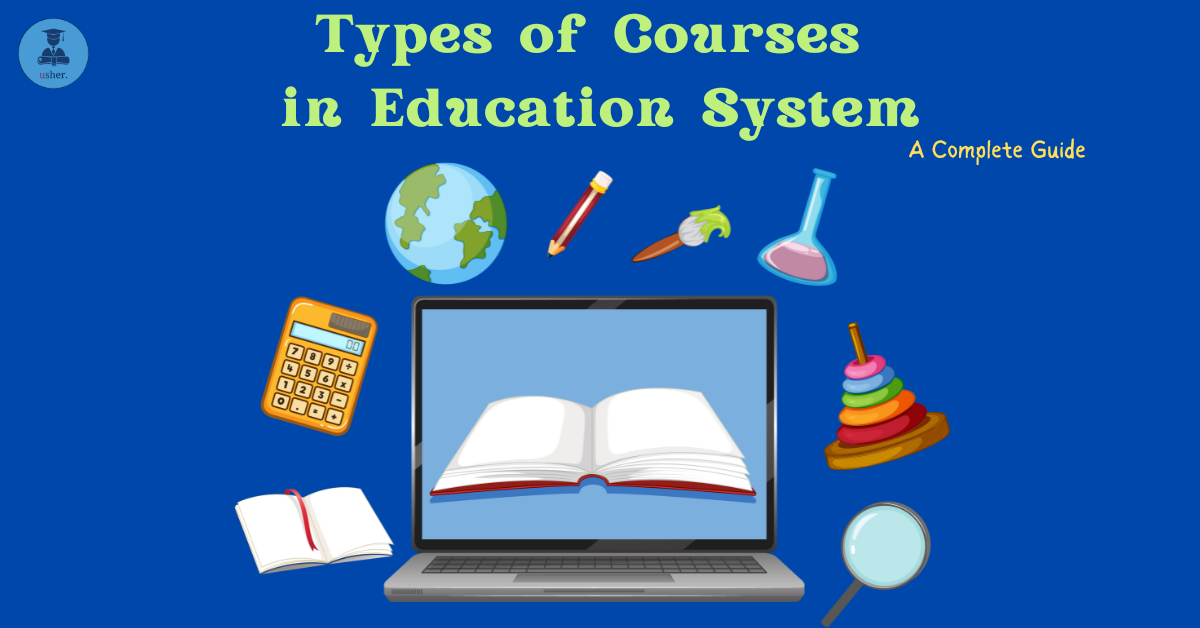Do you know that communication skills can open the doorway to numerous opportunities?
Communication helps you to build confidence.
This confidence would thereby help you to express your ideas, beliefs, and thoughts, and address the audience sitting in the spacious auditorium.
This blog will guide you to discover the best communication books for students.
How to Win Friends and Influence People
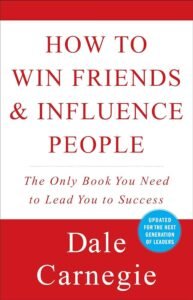
This is a self-help book by Dale Carnegie, about how to establish interpersonal relationships and how you can influence people effectively in the workplace. This book is also beneficial for students who want to upgrade their personality and speak confidently at public events.
Key Highlights
- You can build your first impression with your smile and by calling people by their names.
- People are more interested in themselves. So, by showing genuine interest in them, you can win their favor.
- You will be successful in persuading people if you talk about their interests and how they can benefit from your proposal.
- The author believes that acknowledging mistakes can help build trust and respect for yourself.
- By demonstrating enthusiasm for your ideas and goals, you can inspire others to support you.
- Giving sincere compliments can strengthen your ties with people.
- Avoid criticizing and condemning others and instead appreciate them for their achievements.
- Finding common grounds for discussions can help to enhance your communication skills.
- Treating others with kindness can help you achieve success personally and professionally.
The Art of Communicating
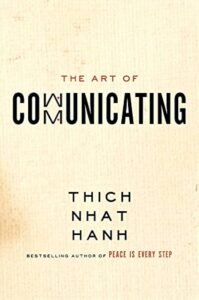
Written by a renowned Zen master, Thich Nhat Hanh, this book provides mindful communication techniques, fostering better connections and understanding of various aspects of life.
Key Highlights
- For effective communication, be fully present and attentive to the speaker without judgment or interruption.
- You can consider the impact of your words before speaking for mindful communication.
- Communicate in a way to promote healing and connection with others.
- With practical strategies, you can resolve conflicts peacefully and foster harmonious relationships.
- You can use various techniques for addressing conflict constructively.
- Communication can contribute to the cultivation of joy and happiness in individuals and communities.
- You can make thoughtful relationships with your loved ones and colleagues through authentic and compassionate communication.
- With mindfulness and compassion, you can overcome misunderstandings and conflicts and foster mutual respect.
Talk Like TED: The 9 Public-Speaking Secrets of the World’s Top Minds
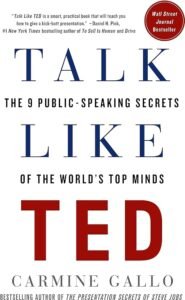
Written by Carmine Gallo, this book is geared towards public speaking. It analyzes successful TED Talks and offers practical advice for students looking to improve their presentation and communication skills.
Key Highlights
- Like successful speakers, you can resonate emotionally with listeners and make your message memorable by telling personal stories and using anecdotes.
- During public speeches, make sure you present authentic facts. Speak genuinely and sincerely to make an impact on the audience.
- You can share memorable quotes, surprising facts, visual aids, humor, anecdotes, or uniquely present information to capture the audience’s attention and keep them engaged.
- Visualize your ideas with vivid mental images that can help you remember your content during presentations.
- Convey your message clearly and concisely, avoiding jargon or overly complex language that may confuse the audience.
- You must use interactive elements, such as asking questions or involving the audience in activities, to maintain their interest and participation.
The Quick and Easy Way to Effective Speaking
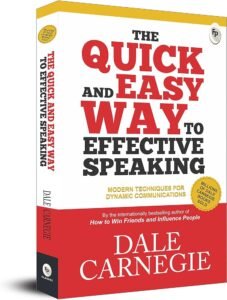
An accessible guide to public speaking, this book is based on Dale Carnegie’s popular course and provides practical techniques for becoming a more confident and effective communicator.
A student-focused adaptation of the original, this book helps you to navigate challenging conversations, whether in academics or personal relationships.
Key Highlights
- With preparation and practice, you can overcome the fear of anxiety during public speaking.
- You must organize your speech into a clear introduction, body of the content, and a conclusion. Also, use transitions to maintain coherence.
- Use storytelling, humor, and content that engages the audience. You must know your audience and tailor your speech as per their interest.
- You can build confidence in public speaking with positive thinking, visualization, and rehearsal techniques.
- For better speech delivery, use various aspects of voice projection, pacing, and body language.
- Practice honing techniques (like pausing for a breath, rephrasing to understand, etc) and get feedback from others to enhance your public speaking skills.
Overall, “The Quick and Easy Way to Effective Speaking” provides practical advice and techniques for anyone looking to become a more confident and effective public speaker.
How to Talk So Kids Will Listen & Listen So Kids Will Talk
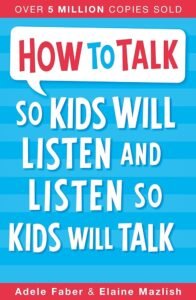
This book by Adele Faber and Elaine Mazlish was initially intended for parenting, This book provides valuable communication techniques that can be applied to various interpersonal situations, including interactions with peers and professors.
Key Highlights
- Adults during public speaking must treat children respectfully and use a language that acknowledges their feelings and perspectives.
- Parents must use active listening when communicating with children. Listen to children, show them empathy to connect with them.
- Use practical strategies for teaching children problem-solving skills. Encourage children to find solutions to conflicts and challenges.
- Do not use criticism, blame, or punishment as communication tools.
- Use positive reinforcement, encouragement, and constructive feedback to promote positive behavior and self-esteem in children.
- Parents must allow children to express themselves and make their own choices within appropriate boundaries and with proper guidance.
- Use humor, storytelling, and role-playing to connect with children and address difficult situations.
The 5 Elements of Effective Thinking
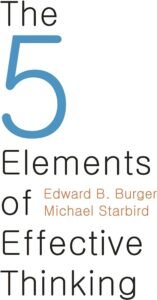
This book written by Edward B. Burger and Michael Starbird, focused on critical thinking and problem-solving. It equips students with skills that enhance their communication abilities, both written and verbal.
Key Highlights
- You must ask probing questions, seek connections between different concepts, and strive for a thorough understanding of the subject.
- Embrace your mistakes as opportunities for learning and growth.
- You must develop the ability to see the interconnectedness of ideas and concepts by identifying relationships between different pieces of information.
- Embracing change by adopting a growth mindset. You need to be open to new experiences and embrace opportunities for growth and development.
Never Split the Difference: Negotiating As If Your Life Depended On It
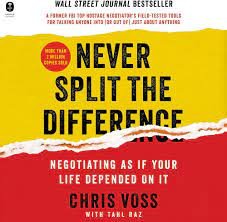
This book by Chris Voss is particularly beneficial for students like you who are entering the workforce, this book by a former FBI hostage negotiator offers insights into negotiation and communication strategies.
Key Highlights
- Use emotional intelligence during negotiation.
- You can use “no” effectively as an opportunity to gather information and uncover underlying interests
- With a mirror and label strategy, repeat or acknowledge other people’s words and emotions to create a connection with them.
- Use empathy to understand other people’s perspectives and reach mutually beneficial agreements.
- Ask calibrated questions that encourage people to provide detailed and informative responses. This also helps in the negotiation process.
- Use strategic pauses that can pressure the other person to reveal more information or make concessions.
- Use techniques like defusing hostility, maintaining control of the conversation, and steering the negotiation toward a positive outcome while dealing with difficult and aggressive individuals.
How to Talk to Anyone
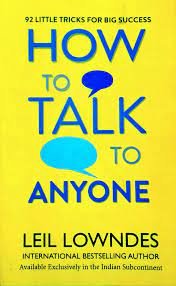
This is a popular self-help book by Leil Lowndes, focused on improving interpersonal communication skills.
Key Highlights
- Use your body language like gestures, posture, and facial expression in making a positive impression and establishing rapport with others.
- You can engage in small talk, which is often the first step in building relationships and connecting with others.
- Use active listening techniques including making eye contact, nodding, and asking follow-up questions, to show interest and empathy in conversations.
- Boost your confidence and overcome social anxiety, by practicing positive self-talk and visualization exercises.
- To make a memorable first impression, use the other person’s name frequently, smiling, and finding common ground.
- For handling difficult situations use strategies for navigating challenging social situations, such as dealing with criticism, and managing conflicts.
- Be aware while conversing with people from different cultural backgrounds and adapt diverse communication styles to be more relevant.
The Definitive Book of Body Language
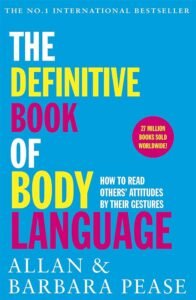
This is a comprehensive guide, by Allan Pease and Barbara Pease to understanding non-verbal communication cues.
Key Highlights
- You must observe a person’s body language, like facial expressions, and gestures to understand them.
- Use many body language cues that are universal across cultures, making them valuable tools for understanding others regardless of cultural background.
- Use deception through body language, such as inconsistencies between verbal and non-verbal cues, shifts in posture, and facial micro-expressions.
- Build rapport and trust with others by mirroring gestures, maintaining eye contact, and adopting open and relaxed postures.
- Understand how body language can convey power, dominance, and submissiveness. Use these strategies to assert authority or negotiate effectively.
- Self-awareness is important. Learn how to control one’s body language and identify areas for improvement to enhance communication effectiveness.
Crucial Conversations: Tools for Talking When Stakes Are High
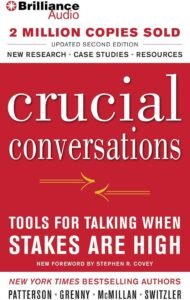
Tools for Talking When Stakes Are High” by Kerry Patterson, Joseph Grenny, Ron McMillan, and Al Switzler is a book that offers practical advice for handling difficult conversations effectively.
Key Highlights
- Crucial conversations are those where opinions vary, emotions run strong, and the outcome has significant consequences.
- Instead of debates or silence during crucial conversations, engage in dialogues that involve sharing ideas, and learn to listen actively, especially when opinions differ.
- During difficult discussions, use respectful language, acknowledge others’ perspectives, and control your emotions.
- With open-ended questions, paraphrasing, and seeking clarification, you can explore contrasting views during crucial conversations.
- Recognize and control emotional triggers, stay calm when under pressure, and avoid defensive and aggressive responses during crucial conversations.
- Try to establish a mutual purpose or goal that aligns with the interests of all parties involved in the conversation.




